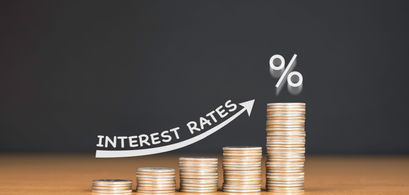Definition
The term coupon refers to the interest rate appearing on a debt instrument, stated in terms of an annual percentage rate. Historically, a physical coupon was used by the holder to collect the periodic interest payments on a bond.
Calculation
Coupon Rate (%) = (Sum of Annual Coupon Payments / Par Value of Bond) x 100
Explanation
In the past, physical coupons would have accompanied a bond. As each coupon matured, the bondholder would take the coupon to a bank where it could be exchanged for cash. With the advent of electronic exchanges, periodic payments are now deposited directly into the bondholder's brokerage account.
The coupon rate on a bond is only relevant to an investor when the security is first issued. When purchased on the secondary market, the value of the bond will change as supply and demand for the security determines its effective yield to maturity. For example, as interest rates increase the bond's value would decrease as investors demand higher yields to maturity. In the same manner, if interest rates fall the value of the bond would increase as investors are willing to accept lower yields to maturity.
In addition to the prevailing interest rates, the coupon rate paid on a bond is a function of the risk of non-payment. Agencies such as Moody's and S&P assign ratings to bonds based on the financial health of the issuer. These ratings have a direct effect on the value of a bond.
Note: Zero coupon bonds do not pay periodic interest, instead they are sold at a discount and increase in value on the secondary market as they approach maturity. At maturity, the holder would receive the par value of the bond.
Example
Company ABC issued a bond with a par value of $1,000, which pays a $35.00 coupon twice a year. If the holder paid $1,000 for the bond, the yield (and coupon rate) would be:
= (($35.00 x 2) / $1,000) x 100= ($70.00 / $1,000) x 100, or 7.0%
If the bondholder paid $900 for the bond, the yield would be:= (($35.00 x 2) / $900) x 100= ($70.00 / $900) x 100, or 7.78%
Related Terms
yield to maturity, intrinsic value, extrinsic value, current yield, taxable equivalent yield

.jpg)


